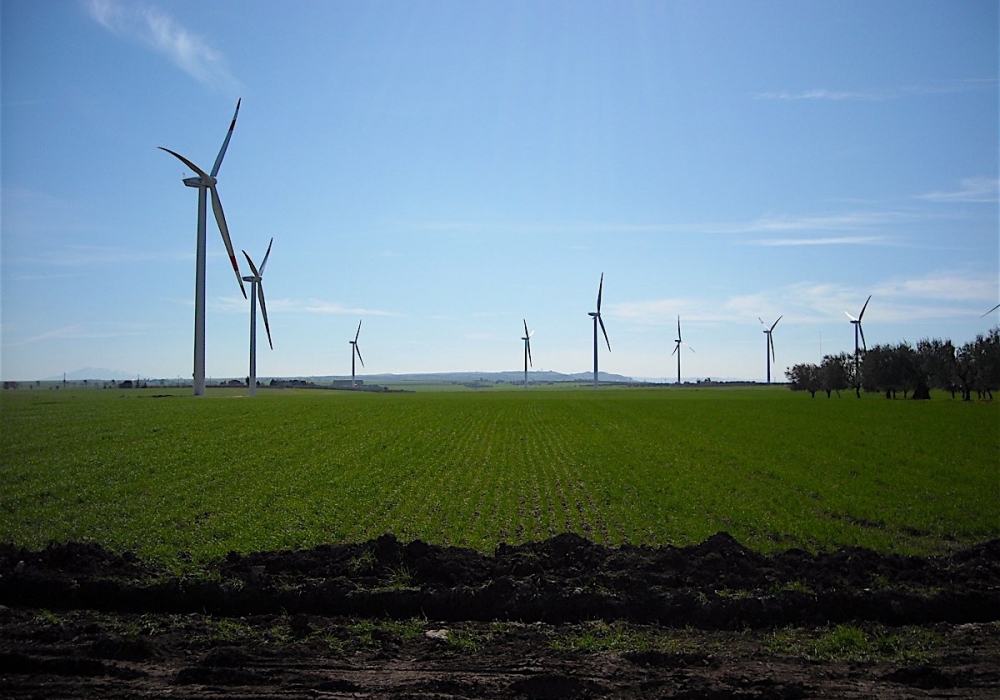Pilot #2, located in Erchie (Brindisi) in Southern Italy, will be related to the deployment of the DEFENDER security management framework in a decentralized wind farm with a capacity of 30 MW, comprising 15 wind towers. BFP Service, fully subsidiary of BFP partner is in charge for the operation and maintenance of the site. Through the SCADA system it is possible to access each wind tower by inactive or active mode in order to regulate its nominal power, when the site technical manager receives power limitation orders by Terna power network operator.
This pilot will validate how and to a what extent the DEFENDER security framework toolbox may improve the cyber-physical security of one of their operated wind farms. In particular, it will demonstrate the effective management of the physical security of the installation through the detection and mitigation of potential physical structural threats occurring to the blade and/or the tower and will manage potential cyber threats derived by the adoption of open, interoperable monitoring and control platforms.
Remote optimized maintenance of distributed generation plants like wind farms is an activity of utmost importance with a view to improve QoS, reducing the supply interruptions/black out over the power network, while optimally preserving the generation facility from natural/accidental hazards (like hurricanes, earthquakes) or human-provoked failures (terrorism) or failures of technical components.In that respect, the blade inspection is one of the critical actions to perform in a regular basis for wind farm operators. This is due to complications that can arise due to extreme weather conditions (storms, ice on the blades, etc.) or to construction or assembly problems of the blades. Performance and aerodynamics efficiency can also be compromised if the problems are not detected immediately. To tackle all these issues, BFP has to stop the wind turbine for inspection, incurring maintenance techniques that are time consuming and expensive
Automated, unmanned means to perform such inspections do not exist as only manually driven UAVs and other type of expensive access techniques (like helicopter flight) are currently considered. In this course, we will employ automated inspection where automated UAVs equipped with infrared cameras will deliver in real time captured images to the DEFENDER framework for subsequent processing and potential mitigation strategy derivation or relevant recommendations.
This pilot will also validate how DEFENDER bridges the gap between the higher cyber security requirements of the DSO power network and the typically lower security levels required by non-grid-owned assets. In the latter case, a number of significant cyber-vulnerabilities may arise due to the wide deployment of off-the-shelf IT devices and incremental replacement of proprietary protocols and closed networks with standard open Internet protocols and shared networks. DEFENDER will enable the effective management of such cyber security threats to SCADA systems and will allow the management of potential cascading physical threats, such as power components failure due to false information masking the real network state.



